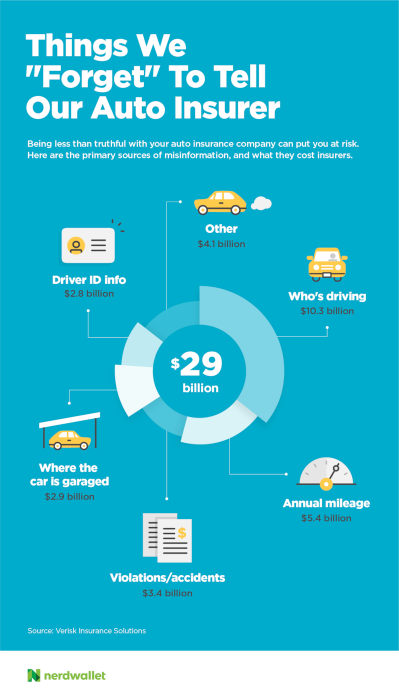If you have student debt, you don’t have to go looking for confusing jargon — it’s built right into the system. Take student loan refinance and student loan consolidation. These terms are often used interchangeably, since both let you bundle several loans into one. But the similarities stop there. That’s because federal consolidation and refinancing, also called private consolidation, are two very different processes. At NerdWallet, we try to keep things clear by using the word “consolidation” when we’re talking about federal consolidation. This is a process that simplifies federal loan payments and can help borrowers qualify for programs like income-driven repayment plans and public service loan forgiveness. Refinancing, on the other hand, is a way to lower your interest rate and save money on the total cost of your loans. Mixing up the two — which many borrowers do — can have long-term financial consequences. How to tell consolidation and refinancing apart
Here’s a basic breakdown of each move.
Federal consolidation
– Loans eligible:Federal only Refinancing, or private consolidation
– Loans eligible: Federal and private The costs of mixing up refinance and consolidation
Accidentally refinancing instead of consolidating would mean losing the safety net provided by federal borrower protections, such as forgiveness and income-driven repayment. That means that you’d have only deferment or forbearance options if you ever have trouble making your payments. Those options will increase your long-term costs. On the flip side, accidentally consolidating means you wouldn’t save money by getting a lower interest rate or shorter loan term, as you would if you refinanced. You’d actually get a slightly higher rate, and you may extend your loan term to up to 30 years, depending on how much you owe and what repayment plan you sign up for. That will increase your total cost of borrowing. Let’s say you graduated in 2016 and maxed out federal loans all four years of college, leaving you with $27,000 in debt and an average interest rate of 4.4775%. Consolidating would add 10 years to your term and increase your rate to 4.5%, costing you an extra $7,400 of interest compared with staying on the standard repayment plan. Getting through the application process unscathed
Take these three steps to ensure you get the right outcome for your situation:
Know what you want. If you want to save money on your loans by changing your loan terms, check out refinancing. If you want to simplify your federal loan payments under a single servicer, or if you have Federal Family Education Loans and want to qualify for programs available only for direct loans, federal consolidation is the right move. Make sure you’re OK with potential drawbacks. Neither federal consolidation nor refinancing can be undone, and each carries its own risks. Consolidating may extend your loan term. And if you’re going for loan forgiveness, be sure to exclude direct loans from consolidation or you’ll lose all qualifying payments on those loans. That means it’ll take even longer to get forgiveness. Refinancing can be risky, too. If you opt for a variable interest rate, for example, you may see your payments increase as the financial market changes. Go to the right source.
– Federal consolidation: Apply directly through the federal government to ensure you’re getting the right results. Start by logging into the Federal Student Aid website with your FSA ID and select “Complete a Consolidation Loan Application and Promissory Note.” Federal consolidation and refinancing aren’t right for every borrower. If you’re looking to tie your payments to your income and you have direct loans, for example, you’d only need to apply for income-driven repayment. If you can afford your payments and want to keep the security of your federal loans, staying on the standard plan would be your best option. Regardless of which path you choose, remember that signing up for consolidation, refinance or any federal loan repayment plan is free to do on your own.
Devon Delfino is a staff writer at NerdWallet, a personal finance website. Email: ddelfino@nerdwallet.com. Twitter: @devondelfino. The article Mixing Up These Student Loan Terms Could Cost You originally appeared on NerdWallet.
– Completed through: The federal government
– What it does: Combines all of your federal loans under a single servicer of your choice. Your new interest rate is the average of all the individual rates, rounded up to the nearest 0.125 percentage point.
– When to use it:To simplify payments if you have multiple servicers or to qualify for specific federal repayment programs
– Qualifying: Most federal loans are eligible. Generally, you can apply after you leave school or drop below half-time enrollment.
– Drawbacks: Up to 20 extra years in interest payments due to an extended loan term
– Completed through: A private lender
– What it does: Swaps out your existing loans for a new one with terms based on your financial history
– When to use it:To save money on the overall cost of the loan; reduce monthly payments
– Qualifying: Most lenders look for a low debt-to-income ratio, a steady source of income and a credit score in the mid-600s or higher
– Drawbacks: Loss of borrower protections on federal loans
– Refinancing: Check that the lender offers terms based on your current financial factors, like income and credit score. If that’s not spelled out for you, talk with a customer service representative to get clarification. But it’s probably best to look elsewhere to avoid signing up for a service or product you don’t want.























